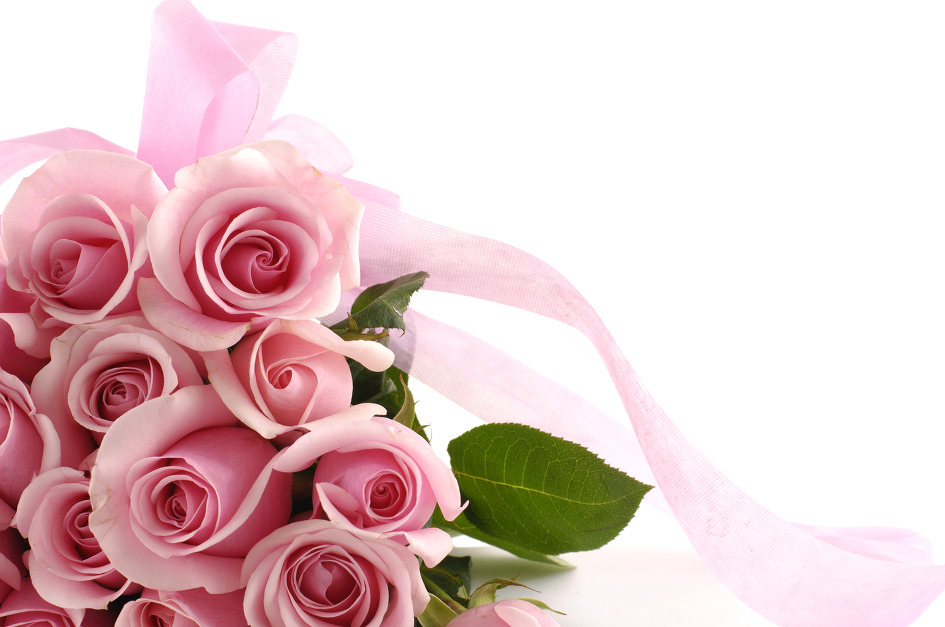Most Orchids are warmth-loving orchid plants native to jungles
and rainforests of Southeast Asia. Phalaenopsis are known well for the length
of time their blooms can last – 3 or 4 months is typical; we have seen some last
a half a year in bloom. Consistent, even care as follows is the key with
these classically beautiful orchids.
Phalaenopsis must be kept warm – by which we mean comfortable
indoor temperatures, 60 degrees F. minimum at night, with a temperature
increase during the day of about 10 to 15 degrees. They readily tolerate
higher temperatures, but will require more frequent watering if temperatures
are in the 90s. If it is your desire to bring the plant into bloom again,
it will be necessary to allow it to have night temperatures around 55 to 58 degrees
F for a period of no less than six weeks, followed by normal warmer temperatures.
Phalaenopsis have no pseudobulbs, and so cannot conserve much water;
they require watering frequent enough to remain evenly, consistently moist.
They can be watered best by placing them in a sink and running cold water
into the pot for 10 or 15 seconds, or alternatively a couple of ice cubes
can be placed on the bark medium in the pots and allowed to melt,
the slower trickle of water providing enough moisture to sustain the plant.
In this second method, the plants should nonetheless be watered thoroughly
from time to time to allow minerals deposited in the bark medium to be rinsed out.
Morning is the best time to water any orchids.
Twice a week while blooming will usually be sufficient for a large plant;
if two flower stems are present, three times may be required.
When not blooming, once per week is usually enough.
When watering, remove the plant in its plastic pot from the decorative pot/basket.
Phalaenopsis greatly appreciate frequent applications of very mild dilutions
of fertilizer. Many commercial brands work well, such as Miracle Grow,
Peters, Dyna Grow, and so on; in most cases, the label will provide information on
how much fertilizer to add to a gallo of water to make a solution –
but it is best to make a far, far weaker one. For example,
if the label calls for 1 tablespoon of fertilizer granules per gallon of water,
to be applied once per month, try instead about one half teaspoon of granules
per gallon, applied every other watering. Premixed fertilizer can be kept
for some time under a sink, or in a cabinet out of reach of children (and away
from light, which will allow algae to grow in the water in unsightly fashion).
'Botanic Garden' 카테고리의 다른 글
| 변산바람꽃, 봄을 알리는 여린꽃 한라산에 피다 (0) | 2019.01.02 |
|---|---|
| 노랗고 울퉁불퉁한 모과 (0) | 2017.12.10 |
| 날개를 펼치고 날아갈것만 같은, 참나리 (0) | 2013.09.06 |
| 스코티 알라만다, 향기 뿜어내는 노란꽃 (0) | 2013.09.02 |
| 만첩빈도리, 소담하고 풍성한 꽃송이 (0) | 2013.06.03 |


